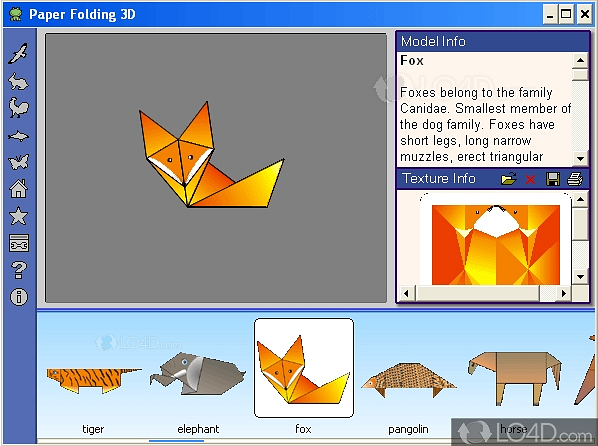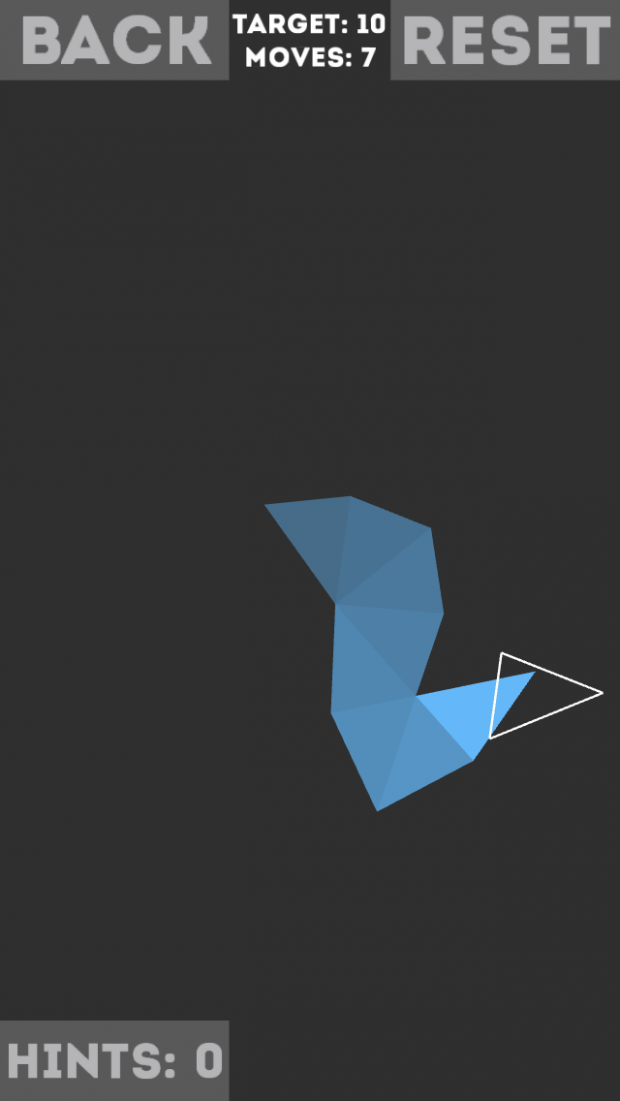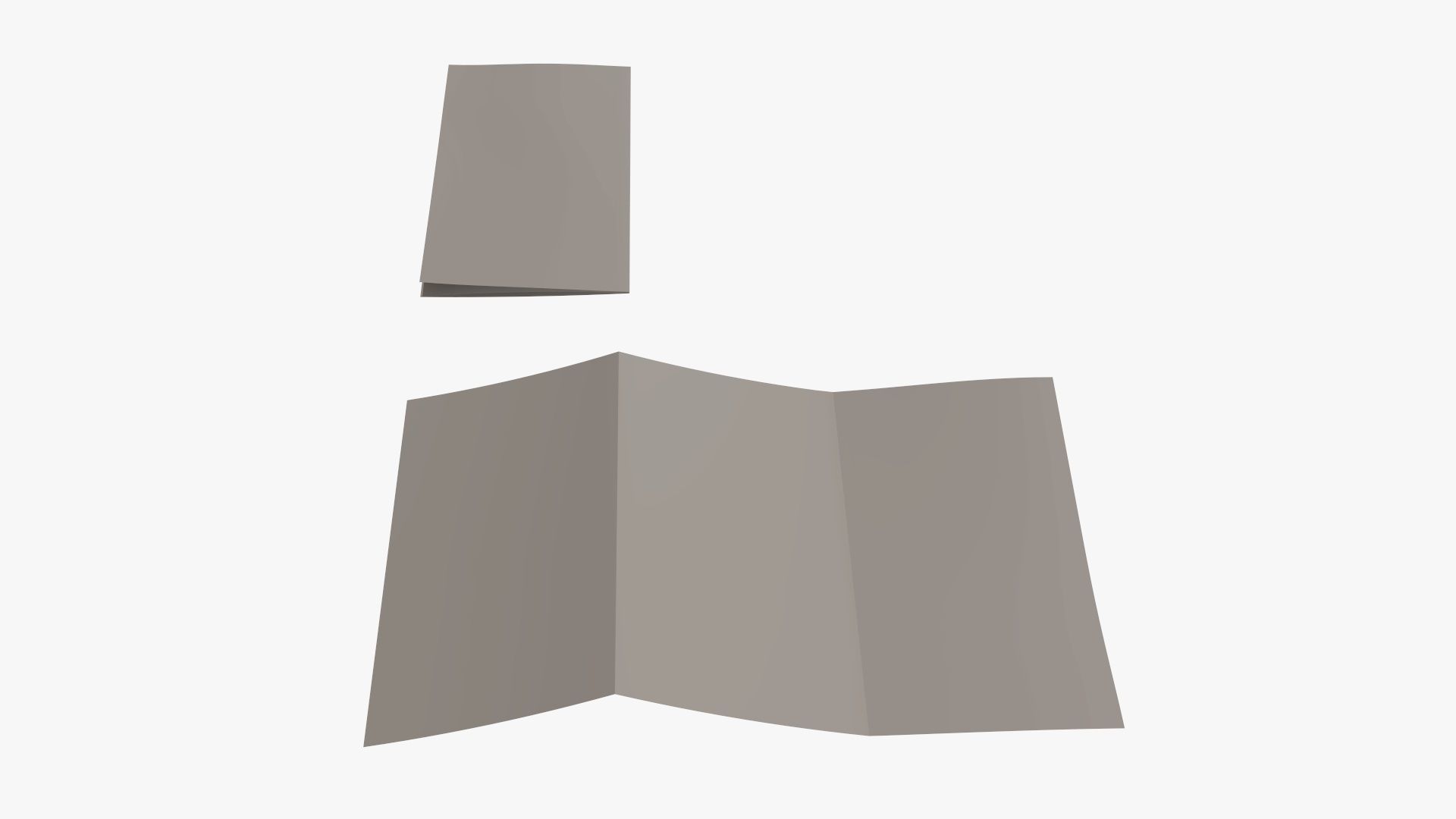

From experience, I know that Blender and I don't get on so I'm downloading Pepakura. It made some very strange decisions regarding the unfolding, creating lots of little shapes. I have just tried blender's unfolder, which I'm probably not using correctly. Thanks also for the responses to my questions. It is hard work but worth it all when he smiles :) Many thanks for your congratulations regarding the birth of my son. then certainly that is another case and investing the considerable time that will be required to learn and train yourself to only model with developable surfaces would make more sense in that case. If you are manufacturing things made out of cut steel, etc. MoI was not created with these particular specialized constraints in mind, so it would be a somewhat difficult task to achieve this result of only using developable surfaces with NURBS surfaces, using MoI anyway.īut if you do a conversion to polygons it basically removes the need to do this kind of specialized constraints in the construction of your NURBS models, so that is likely to be a much easier route for someone who is not going to be focused on spending a lot of time manufacturing their NURBS models. will not be developable - to only design with developable surfaces means applying various specific constraints to the way you go about designing your model. This is pretty huge constraint, any general surface that is created by lofting, sweeping, revolving, etc. > So, the solution is to design the model with developable surfaces. I've found the use of Moi very intuitive and easy, but If I have to buy something like Lamina is to much money. My only problem with Rhino is the price.Īs I can see Michael isn't implementing this function in the near future, which is sad. You can design a very clean and precise paper model with that tools. We don't need a mesh unfolder, Rhino works great to design paper models because you can work with nurbs and Rhino has the function to unroll a developable surface. Paper can't be bent in two different directions at the same time, and there is always one straight direction on a bent paper.So, the solution is to design the model with developable surfaces. Mark, Michael has a misconception about the design of paper models. My objetive is to find a cheaper alternative to Rhino to design paper models, I've made a search and I found this thread. Well, I've registered here because I'm trying the look for more information on Moi.

obj polygonal files and will produce patterns you can print out and cut out from your card stock to assemble your model. It is a stand-alone program that is able to take in. One tool that you may want to check out is Lamina Design: So most likely you will want to export your model data to a polygon file format (STL or OBJ format will be most common for this) and then have the polygon data be unfolded. Polygonal meshes are built of flat faceted parts, so they avoid any issues with double curvature, it tends to make them more inherently easier to unfold. Otherwise something that has double direction curvature in it (like a sphere for example) cannot be unrolled into a flat medium without stretching being involved. Only certain kinds of NURBS surfaces can be unfolded directly - those are ones called "developable surfaces", which basically only have curvature in one direction and have another direction straight, like a cone is one example. > Can nurbs surfaces be unfolded or only polygonal meshes? So it tends to involve quite a lot more work than just creating the API itself. But the main problem is that it tends to be a time consuming thing to both document and to also give support and help to programmers who are using such an API.

> (any chance of a plugin API for MoI Michael?)

Hi Mark, congratulations on your baby boy, and thanks very much for your MoI order!


 0 kommentar(er)
0 kommentar(er)
